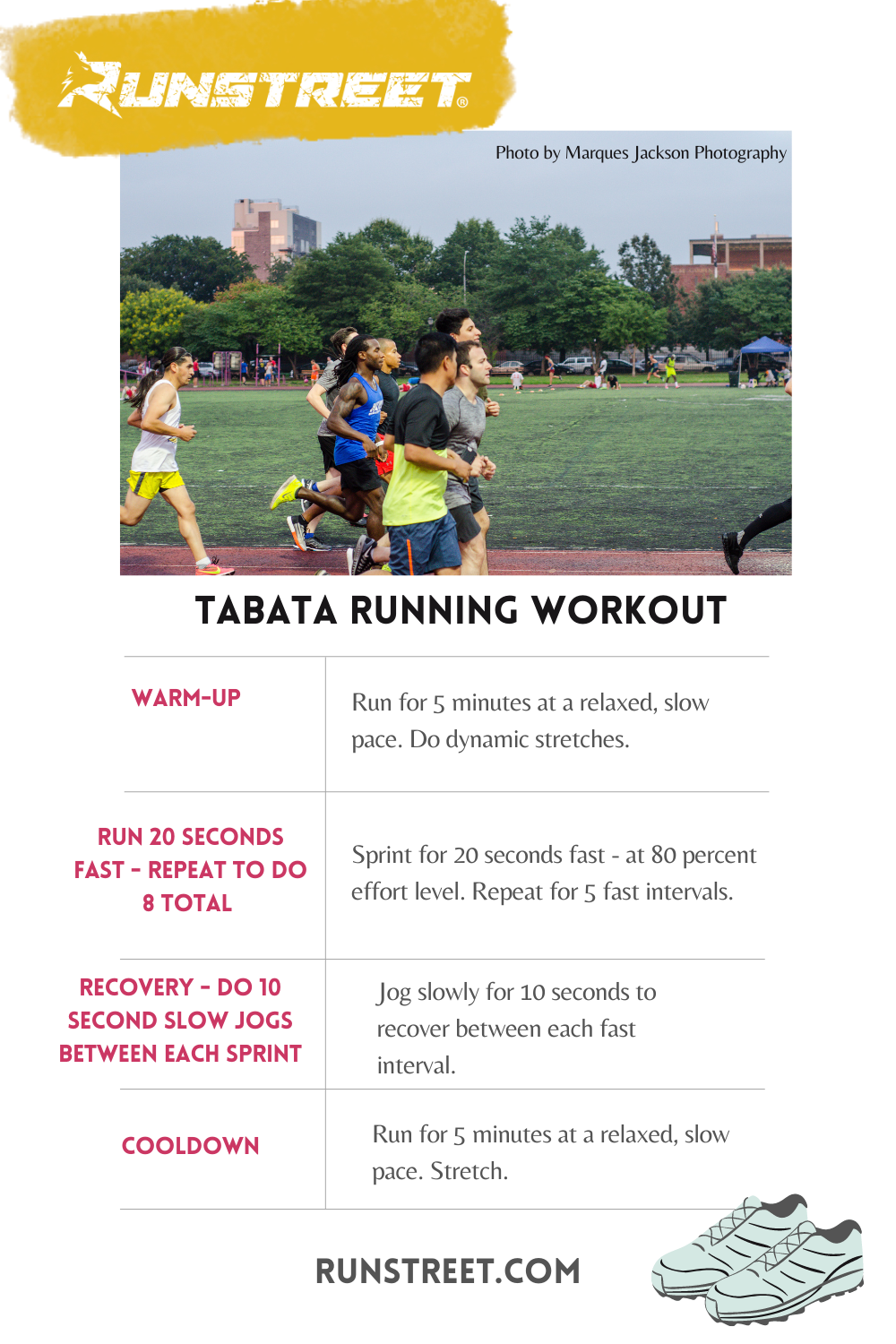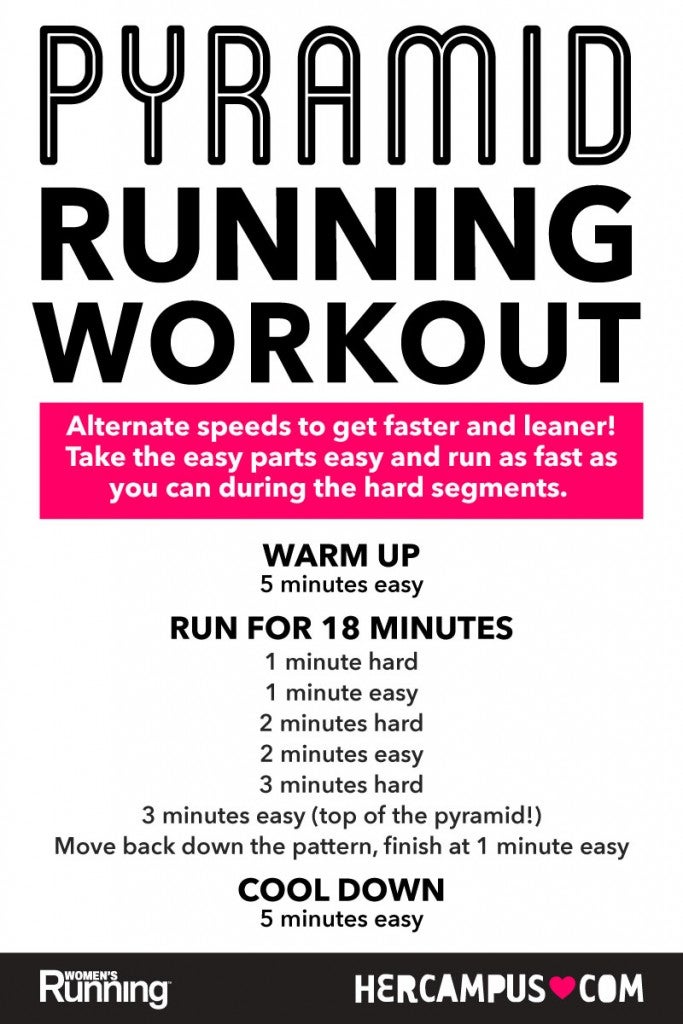Conquering Discomfort in Operating: Techniques and Strategies That Work
Pain is a common buddy for several joggers, frequently serving as a barrier to accomplishing their desired objectives. Nonetheless, with the appropriate approaches and techniques, it is possible to get rid of and even avoid the discomfort related to running. By exploring numerous strategies such as comprehending the different types of running pain, optimizing shoes and type, incorporating cross-training and toughness exercises, implementing reliable healing techniques, and maintaining correct nourishment and hydration, joggers can potentially alleviate their discomfort and enhance their total running experience.
Understanding Various Types of Running Pain

Another sort of running pain is joint discomfort, which can materialize as a sharp or throbbing pain in areas such as the knees, hips, or ankles (running workout). Joint pain might be caused by elements like improper running kind, overuse, or underlying problems like arthritis (learn more here). It is very important to set apart between muscle mass pain and joint pain, as the latter might require medical focus to avoid additional injury
Recognizing the various kinds of running discomfort is vital for reliable monitoring and avoidance approaches to make certain a secure and delightful running experience.
Correct Footwear and Running Form
To maximize performance and lower the danger of running-related injuries, choosing ideal shoes and maintaining correct running form are vital components for joggers of all levels. It is advised to select running footwear that are particularly created for the individual's foot type, running stride, and the type of running activity they involve in.

Cross-Training and Toughness Exercises
Toughness workouts, like squats, lunges, and core workouts, play a crucial duty in stabilizing muscular tissues and enhancing running performance. his explanation They can deal with muscle discrepancies, improve dexterity, and enhance power outcome, all of which are essential for running performance.
It is crucial to permit for appropriate remainder in between running sessions and cross-training tasks to stop overuse injuries. By including these aspects right into a running regimen, joggers can develop a stronger structure, boost efficiency, and delight in an extra sustainable running experience - useful reference.
Recuperation and Relax Methods
Having actually developed the value of cross-training and toughness exercises in a thorough running regimen, attention can now be routed towards Recuperation and Rest Techniques as indispensable elements for optimizing performance and minimizing the risk of injuries. (running strategy)
Recovery after running is crucial for muscle repair work and growth. Techniques such as foam rolling, stretching, and massage assistance in minimizing muscular tissue soreness and improving versatility. Sufficient remainder in between runs allows the body to recoup and adjust to the physical anxiety, protecting against overuse injuries.
Including active healing days into a training routine, where low-intensity activities like strolling or biking are executed, can boost blood circulation and advertise healing without putting excess stress on the muscular tissues. Furthermore, appropriate hydration and nourishment play a crucial function in the healing procedure by replenishing lost liquids and nutrients.
Quality sleep is another important facet of recovery that should not be overlooked. Throughout rest, the body undergoes repair work and regrowth procedures, contributing to general physical and psychological wellness. By focusing on recovery and rest strategies, joggers can maintain optimum efficiency degrees and decrease the possibility of experiencing discomfort or injuries.
Nourishment and Hydration for Runners
Just how can runners maximize their performance through proper nourishment and hydration techniques? Nourishment and hydration are important aspects of a runner's training routine, playing a critical duty in efficiency, endurance, and recuperation. To boost efficiency, runners ought to concentrate on consuming a healthy diet regimen that consists of carbohydrates, healthy proteins, healthy and balanced fats, vitamins, and minerals. Carbs provide energy for running, while healthy proteins aid in muscular tissue repair work and healing. Healthy and balanced fats sustain overall health and wellness and assistance in taking in vital nutrients. Adequate hydration is likewise important to keep ideal performance, as even light dehydration can adversely influence running performance. Joggers should consume water prior to, during, and after their runs to remain hydrated. Electrolytes, such as salt and potassium, are likewise important for maintaining fluid equilibrium and muscle mass function - running strategy. Additionally, timing dishes and snacks suitably prior to runs can assist protect against gastrointestinal pain and offer the necessary energy for peak performance. By taking note of their nourishment and hydration, joggers can improve their endurance, accelerate healing, and do at their best.
Conclusion
In verdict, by recognizing the various kinds of running pain, wearing appropriate shoes, preserving appropriate running type, integrating cross-training and toughness exercises, prioritizing recovery and rest, and concentrating on nourishment and hydration, joggers can successfully conquer discomfort and enhance their performance. Applying these methods and techniques can assist joggers prevent injuries, improve their endurance, and inevitably take pleasure in a more satisfying running experience.